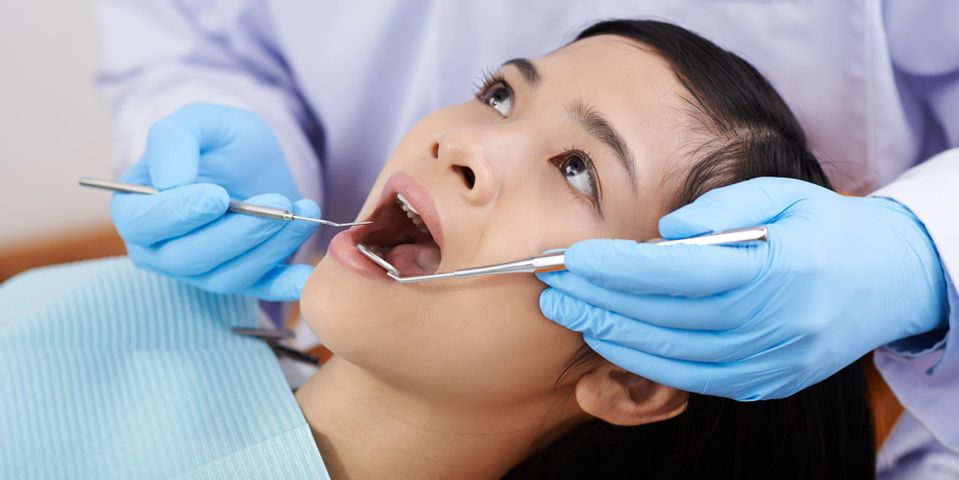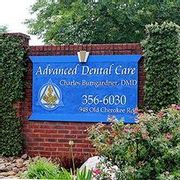A Guide to Simple vs. Surgical Tooth Extractions

Many tooth extractions are straightforward, requiring little downtime and taking less than an hour to complete. However, certain conditions like impacted wisdom teeth require oral surgery to remove the tooth properly. Learn the difference between these two approaches in the sections below.
The Difference Between Simple & Surgical Tooth Extractions
Simple Extraction
 Dentists may recommend a simple extraction when a tooth needs removal due to decay, crowding, or infection. In these cases, the enamel is visible above the gum line and removes easily with forceps.
Dentists may recommend a simple extraction when a tooth needs removal due to decay, crowding, or infection. In these cases, the enamel is visible above the gum line and removes easily with forceps.
During a basic pull, the doctor first numbs the area around the tooth. Next, they use a dental elevator to enlarge the socket and separate the bone from its ligament. Once this process is complete, forceps separate the tooth away from the gums. If debris or bacteria is present, the practitioner will then remove it.
After rinsing the socket, they may apply gauze to stop bleeding. In some cases, the area will receive a few stitches. The patient will then receive instructions for caring for their mouth at home, such as rinsing with salt water to clean the area and prevent infection.
Surgical Extraction
Surgery is necessary when a tooth is hidden below the gum line or fused with another tooth. A patient may also require this treatment if a piece of enamel is broken off under the gums. During this type of procedure, the doctor may use a stronger form of anesthesia than with a simple extraction.
After the patient is comfortable, they will make an incision in the gums, creating a flap to expose the hidden tooth. If it is difficult to remove, it may be sectioned into pieces for easier extraction.
After this step, the dental professional will loosen and extract the tooth or its pieces with a dental elevator or forceps. The area will then be cleaned, examined, and receive a set of stitches. Post-operative care includes many of the same instructions as a basic tooth pull. Patients will take pain medication and use gauze to minimize bleeding.
Applying ice packs to the outside of the face will reduce swelling. A liquid diet may be necessary for a few days. The dental provider may provide additional instructions, such as when to return to daily activities and what to do if they experience excessive pain or fever. It may be necessary to return to the office to make sure the extraction site heals appropriately.
Whether you need a surgical or straightforward tooth removal, South Carolina native and experienced practitioner Dr. Charles Bumgardner DMD will make you comfortable during the procedure. To make an appointment to discuss tooth extraction, call his office in Lexington, SC, at (803) 356-6030. For information about the practice and its specialties, visit their website. Browse patient reviews and learn more about the benefits of restorative dentistry by following them on Facebook.
About the Business
Have a question? Ask the experts!
Send your question

